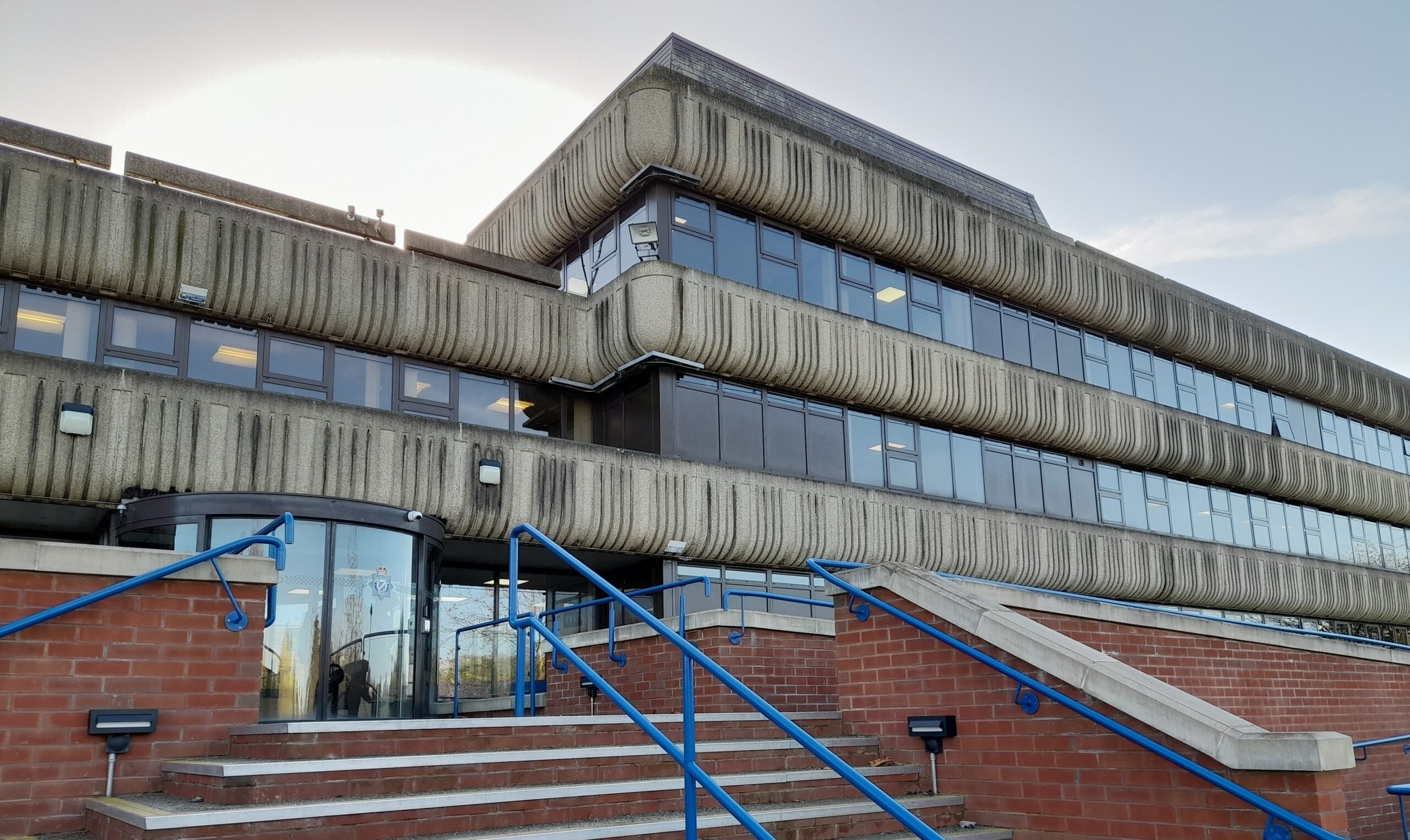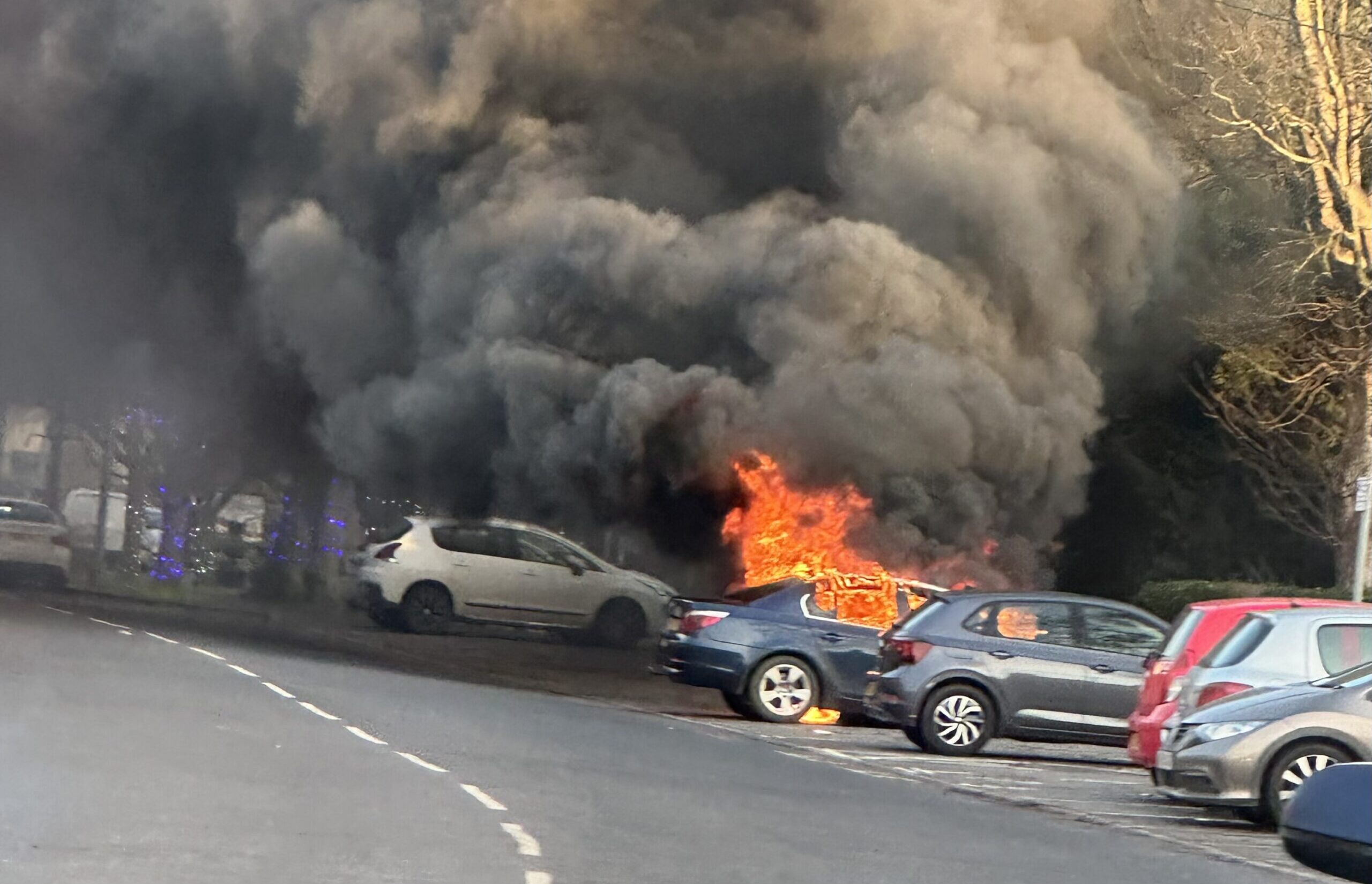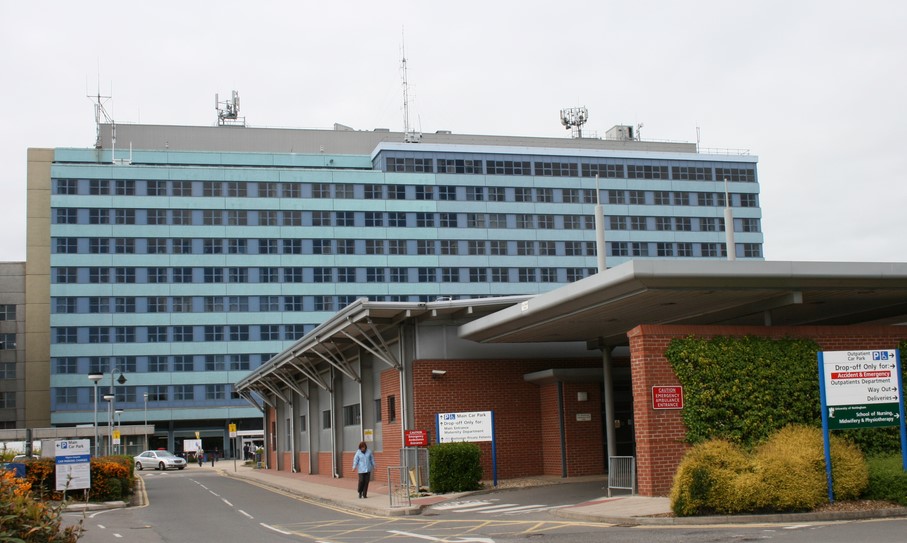A £66m package of help to tackle river pollution in Lincolnshire has been pledged by Anglian Water.
The number of sewage spills into rivers around the county has almost doubled in a year.
The utilities company was responsible for 31,623 sewage spills in 2023, a 97 per cent increase on 2022, according to the latest figures.
The £66m will be ploughed back into Lincolnshire up to 2030, and includes creating a new East of England taskforce.
Last year Anglian Water was ordered to pay back £22m in the form of reduced customer bills as a result of poor performance. Water regulator Ofwat listed the provider as a ‘lagging company.’
The watchdog also said the most recent figures were ‘very disappointing’ and said the performance on the environment was ‘simply not good enough.’
Data released by the Environment Agency last week shows increases in sewage spills across the board.
The statistics showed a total of 31,623 spills by Anglian Water with a total of 273,163 hours across its area. It has 1,562 sites from Lincolnshire to Buckinghamshire. It is the largest water company and supplies more than 4m people. In this area, Donington’s Sewage Treatment Works (STW) recorded 1,332 hours of spillage over a total of 122 incidents into Mill Drain, catchment of the Black Sluice.
Holbeach Water Recycling Centre saw 41 spills lasting for a total of 570 hours.
Sutton Bridge took third spot with 120 hours over 21 spills into the River Nene.
Across five river areas in the Spalding area, a total of 1,300 sewage spills were recorded last year. The South Forty Foot Drain had 398 – up from 233 in 2022. The Lower Nene has 378, Glens 220, The TraC area of The Wash 195 and the Welland Lower 109.
Crowland Sewage Treatment Works added 59 spills to Nene Lower figures.
The Environment Agency said that despite last year being the sixth-wettest since records began, it was no excuse for the figures.
According to The Rivers Trust, the state of our waterways continues to deteriorate.
Sewage discharges into rivers are a regular occurrence and no river is classified as being either ‘good’ or ‘high’ – a total of 80 per cent fall below good ecological standards, according to the trust.
And one of the biggest issues is agriculture and rural land management which accounts for 62 per cent of the issue, with the water industry itself accounting for 54 per cent and the rest is down to transport and urban areas.







